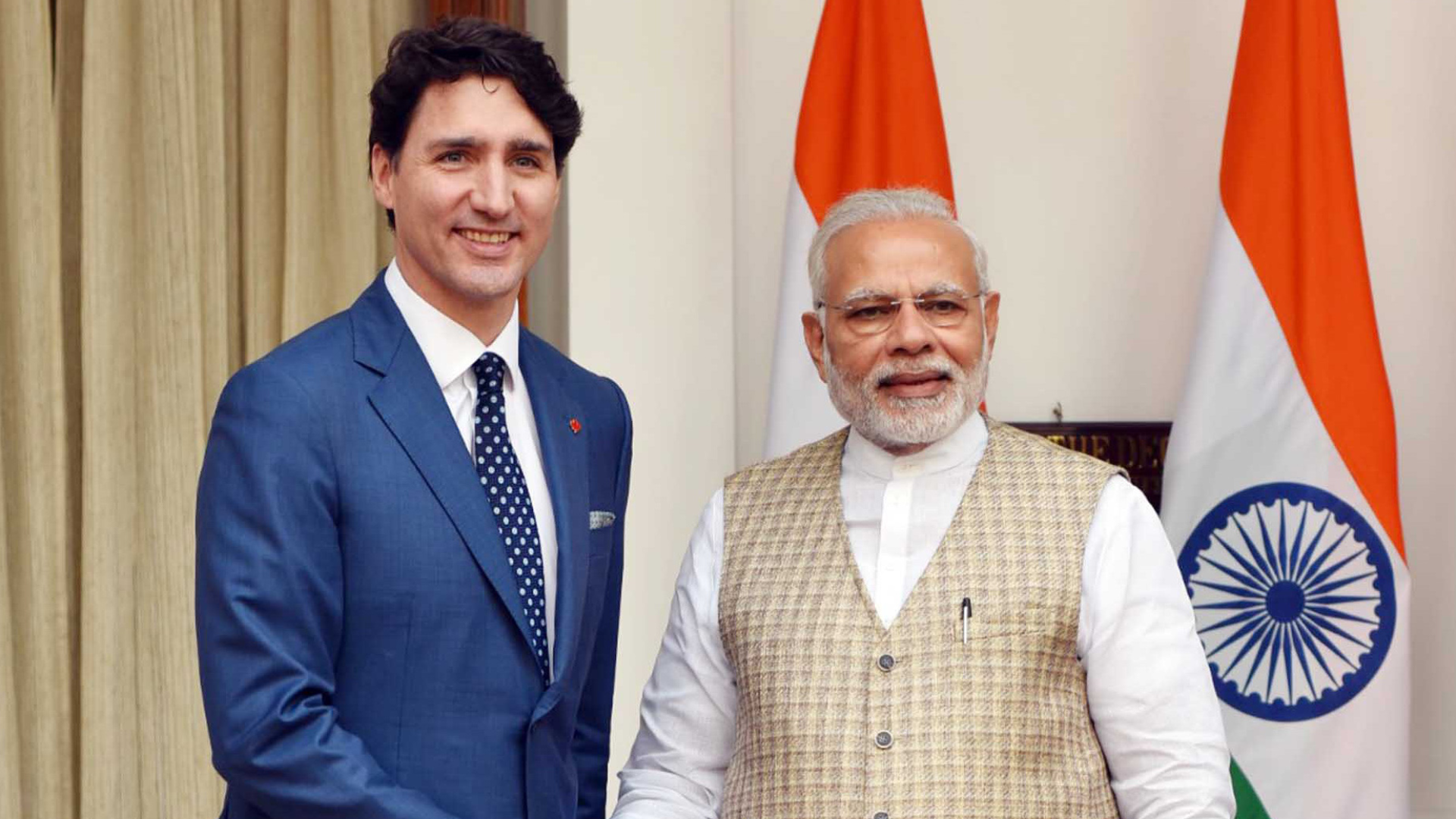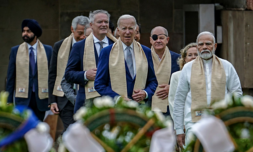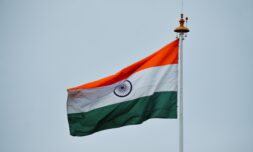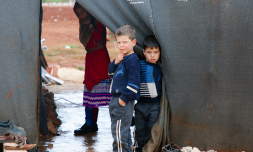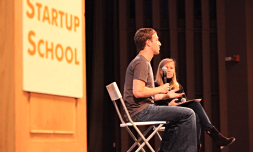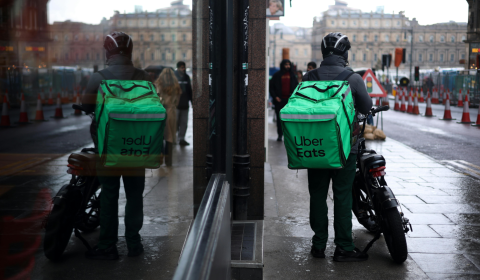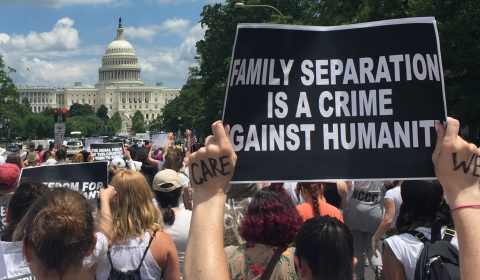The assassination of a Sikh leader in Canada is the latest flare-up in a decades-old conflict in India. The situation at present threatens to do irreparable diplomatic damage to both countries.
When Justin Trudeau landed in Delhi for the G20 summit he came prepared to face tensions with Modi head-on after accusing India of being involved in the murder of Canadian Sikh leader, Hardeep Singh Nijjar.
On June 18, Nijjar was shot 34 times in the parking lot of a Gurdwara (Sikh temple) in British Columbia by two masked assailants. The assassination set off a domino of diplomatic disputes between Canada, India, and the US.
Nijjar was the leader of a Sikh community and President of the Guru Nanak Sikh Gurdwara for two terms. He also led the Canadian Sikhs for Justice and supported the Khalistan movement – a movement effectually banned in India but supported by Sikh separatists.
The Indian government, threatened by Nijjar’s activities alleged that he was a leader of a pro-Khalistan militant group and had Interpol issue red notices against him on two separate occasions.
India and the Khalistan movement
The Khalistan movement is a separatist movement that seeks to create an independent Sikh state carved out of the Indian state of Punjab. It has its roots in the partition of India and Pakistan in 1947, and has led to several insurgencies in the 1970s and 1980s.
India has long called out the movement for being a security threat. Actions by former Prime Minister Indira Gandhi, who coordinated an act of violence in a Sikh temple, led to her assassination by her Sikh bodyguards.
Although the Khalistan movement has little support within India, it is held up by Sikh diaspora communities in countries such as Canada and the UK. The conflict between Canada and India is exacerbated by India’s concerns that the former has glorified the assassination of Gandhi via a float during a parade.
The Indian government has long conveyed its concerns about ‘extremism’ such as the harassment of Indian diplomats in Ottowa. During the G20 summit, Modi reportedly pulled Trudeau aside to criticize his handling of Sikh protests, especially after the assassination of Nijjar.









